Media laws at United States
The United States' media laws are a complex interplay of federal statutes, Supreme Court rulings, and state-level regulations, all underpinned by the First Amendment's guarantee of freedom of speech and the press. Here's an overview of key legal frameworks and recent developments:
Key Federal Media Laws
1. *First Amendment
The cornerstone of U.S. media law, the First Amendment prohibits Congress from making laws that abridge freedom of speech or of the pres. This protection extends to various forms of expression, including journalism, broadcasting, and digital conten.
2. *Section 230 of the Communications Act (1996) Often referred to as the "26 words that created the internet," Section 230 provides immunity to online platforms from liability for user-generated conten. It also protects platforms when they act in good faith to remove harmful conten. However, amendments like FOSTA-SESTA have carved out exceptions, particularly concerning sex trafficking
3. *Federal Shield Law – PRESS Act
The Protect Reporters from Exploitative State Spying Act (PRESS Act) aims to establish a federal shield law protecting journalists' source. Passed by the House in 2024, it awaits Senate approva. The bill defines "covered journalists" broadly, including both traditional and non-traditional media practitioners
⚖️ State-Level Regulations and Recent Developments
1. *Social Media and Youth Protection
Several states have enacted laws to regulate children's access to social medi. For instance, Ohio's law requiring parental consent for minors to use social media was recently struck down by a federal judge for infringing on First Amendment rights Conversely, states like California and Illinois have implemented laws mandating that a portion of child influencers' earnings be placed in trusts, inspired by protections like the Coogan Law for child actors
2. *Antitrust Actions Against Tech Giants
The U.S. government has intensified antitrust scrutiny of major tech companie. Notably, Google was found to have illegally maintained a monopoly in the online advertising market, leading to significant legal challenges
🧭 Conclusio
U.S. media laws continue to evolve, balancing constitutional freedoms with emerging challenges in the digital ae While the First Amendment remains a robust safeguard for free expression, recent legislative and judicial actions reflect a growing concern over issues like online safety, platform accountability, and the rights of content creatos.
The media laws in the United States are shaped by both federal and state regulations, with a strong foundation in the First Amendment's protection of freedom of speech and the press. Here are some of the key legal frameworks that govern media in the U.S.:
🇺🇸 Key Media Legislation in the U.S.
1. First Amendment
The First Amendment to the U.S. Constitution ensures that "Congress shall make no law... abridging the freedom of speech, or of the press." This is the cornerstone of all media law in the U.S. and protects a broad range of expression, including journalism, broadcast media, and online content.
2. Section 230 of the Communications Decency Act (1996)
Section 230 protects online platforms from liability for content posted by users, offering immunity for social media platforms, websites, and other digital services. This law has been instrumental in the growth of the internet but is also a source of controversy, particularly as platforms face scrutiny over harmful content and misinformation.
3. Federal Communications Commission (FCC)
The FCC regulates broadcast media, including television, radio, and satellite communications. It enforces policies like the "equal time" rule, which ensures political candidates have equal opportunities to purchase advertising time, and oversees issues like net neutrality and media ownership rules.
4. Freedom of Information Act (FOIA)
This act allows the public to request access to records from any federal agency, promoting government transparency and accountability. FOIA is an important tool for journalists and activists seeking information on government actions.
⚖️ Recent Developments
1. Social Media Regulation
Several states have introduced laws targeting social media platforms, especially related to the protection of children and minors. For instance, some states require parental consent for minors' social media use, though these laws have been challenged in courts for infringing on First Amendment rights.
2. Antitrust Cases
Big tech companies, particularly Facebook (Meta) and Google, face growing scrutiny under U.S. antitrust laws. The government has brought legal actions against these companies for monopolistic practices, such as Google’s dominance in online advertising.
3. Journalistic Shield Laws
While there is no federal shield law in place, the "PRESS Act," introduced in 2024, aims to protect journalists from being compelled to disclose their sources. The bill reflects the importance of journalistic protections in an era of increased surveillance and government control.
🧭 Conclusion
U.S. media laws balance the freedom of the press with regulatory measures aimed at protecting the public from harmful content, ensuring fairness in broadcasting, and maintaining transparency in government activities. However, ongoing debates about privacy, platform responsibility, and the regulation of digital spaces continue to shape the legal landscape.
📰 Latest News
Ohio social media law blocked by judge: A federal judge ruled against Ohio’s law requiring parental consent for minors to use social media, citing First Amendment concerns.
Child influencer protections: Some states are passing laws that protect earnings for child influencers, similar to protections for child actors under the Coogan Law.
Google antitrust case: The U.S. government has filed antitrust charges against Google, alleging its dominance in the online advertising market harms competition.


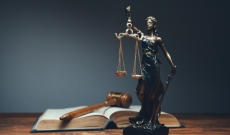





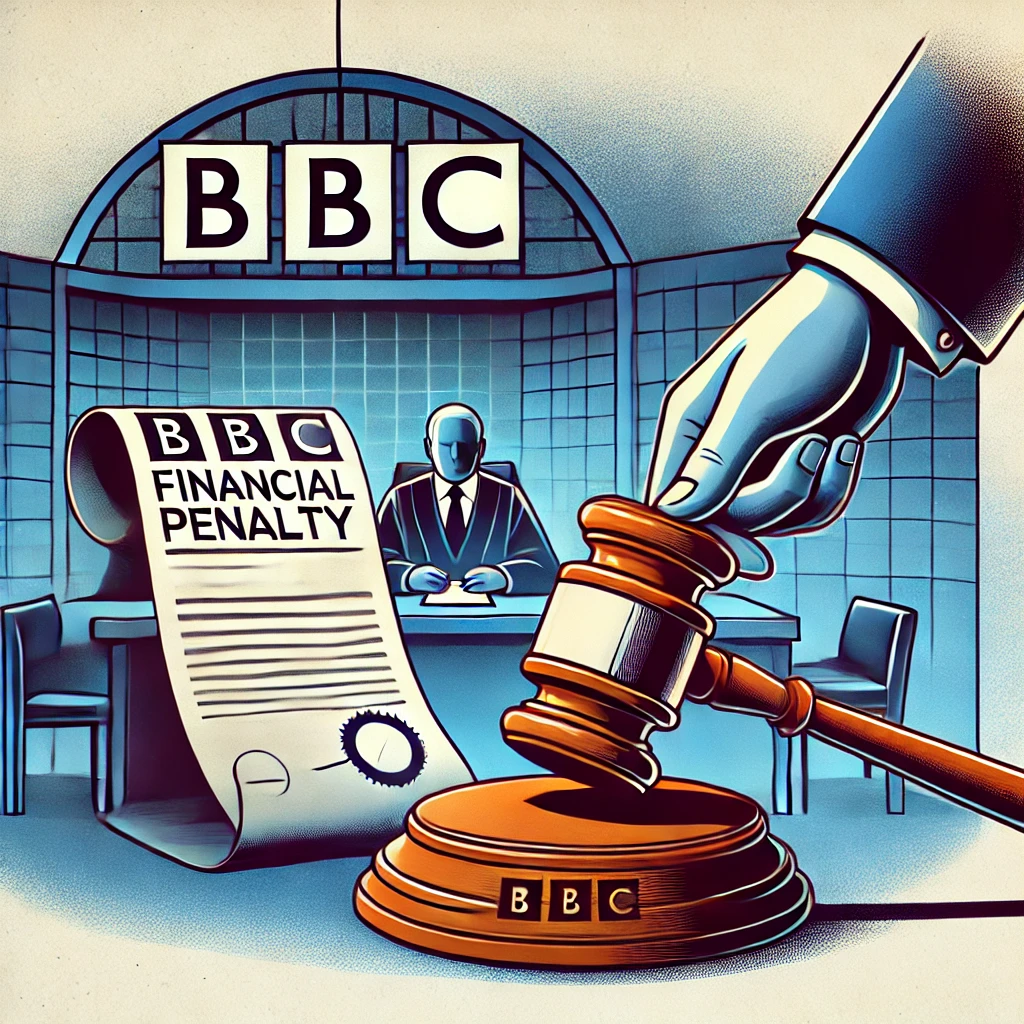


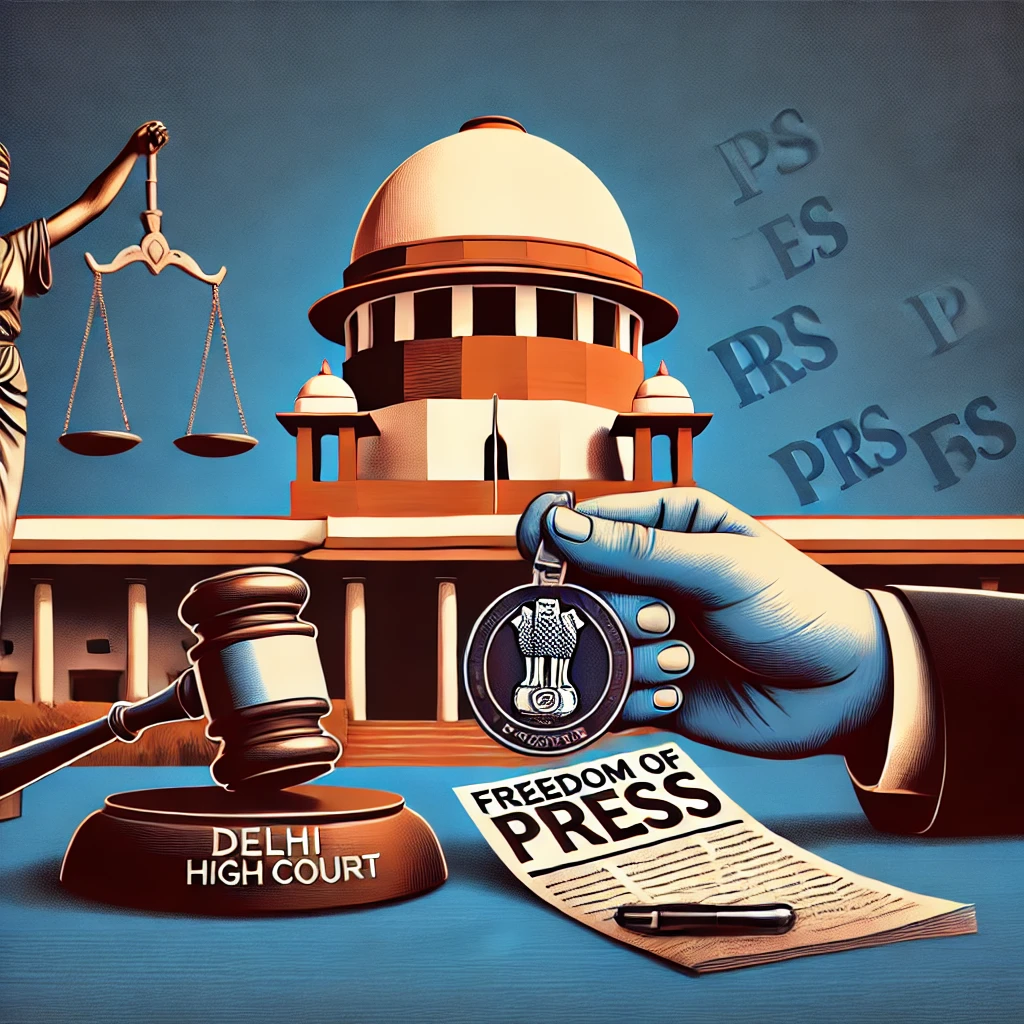

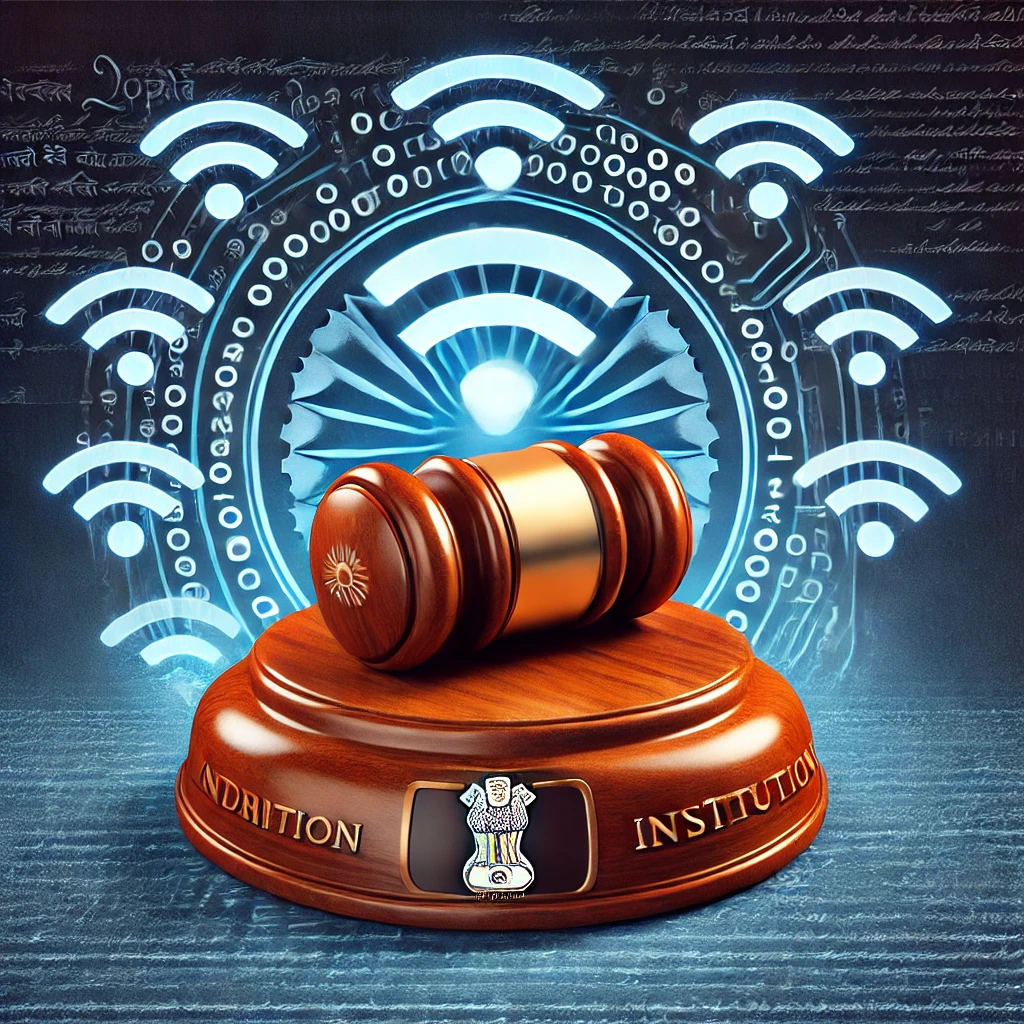



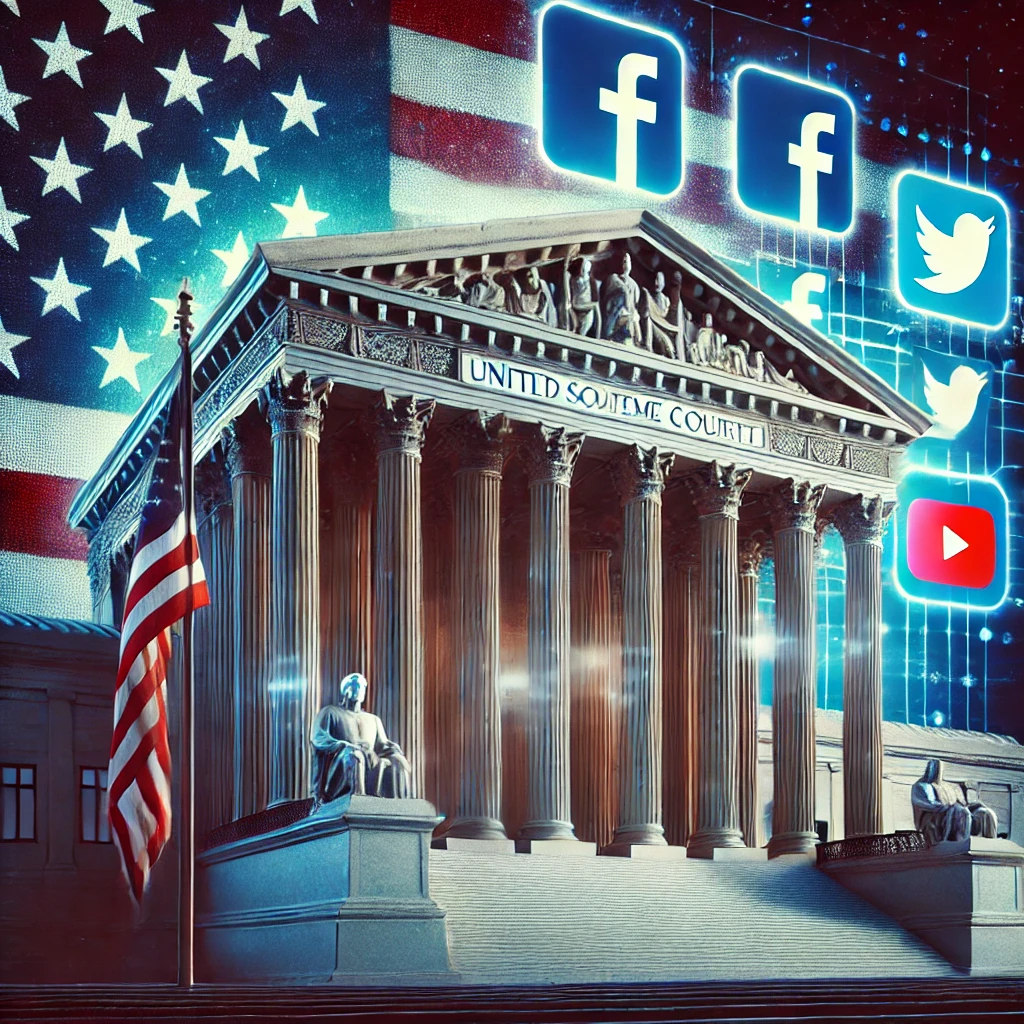
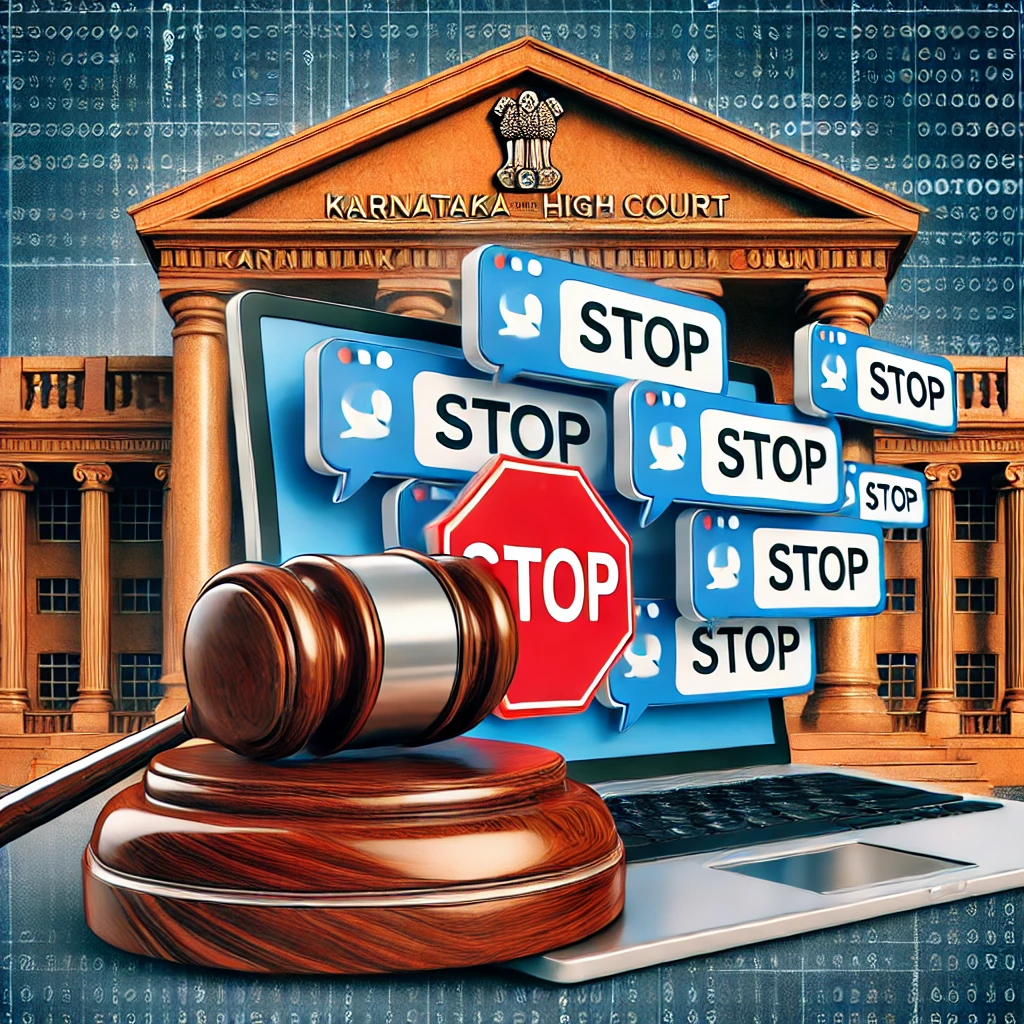

0 comments